What Are the Best Sustainable Packaging Materials?
Updated Aug. 29 2023, 2:18 p.m. ET
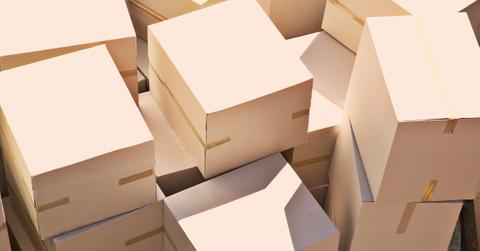
In recent years, online shopping has become more popular than ever. In this increasingly mail-order world, it’s more important than ever to seek out more eco-friendly shipping and packaging methods. Luckily for the planet, there are plenty of sustainable packaging materials available these days.
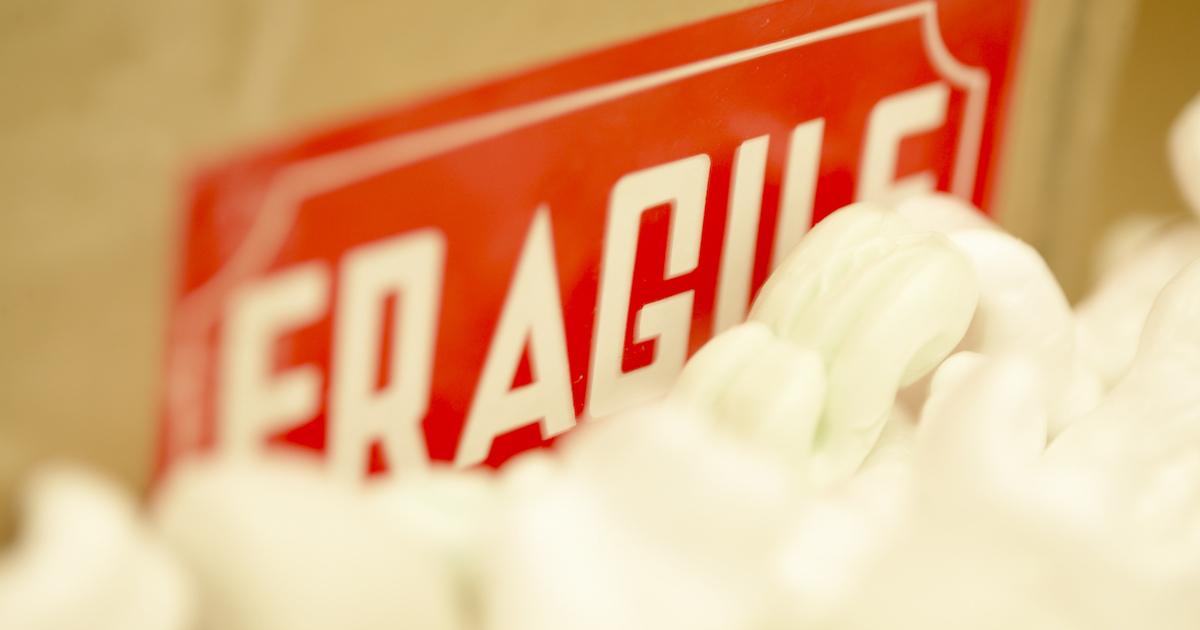
Why choose sustainable packaging materials?
When we talk about sustainable packaging materials, we are talking about products that are either reusable, recyclable, biodegradable, or a combination of the three. This is important because all the non-recyclable waste that comes out of the estimated billions of packages delivered each year can add up to quite a lot of trash. Oceana found that stated that online shopping titan Amazon generated about 599 million pounds of plastic packaging waste in 2020.
In fact, Amazon alone ships an estimated 7.7 billion packages globally per year, as per the University of Washington. That's in addition to the 3.65 billion billion delivered annually by FedEx and the 6.2 billion packages delivered every year by UPS. That's a lot of packages — and shipping materials.
What are the best sustainable packaging materials?
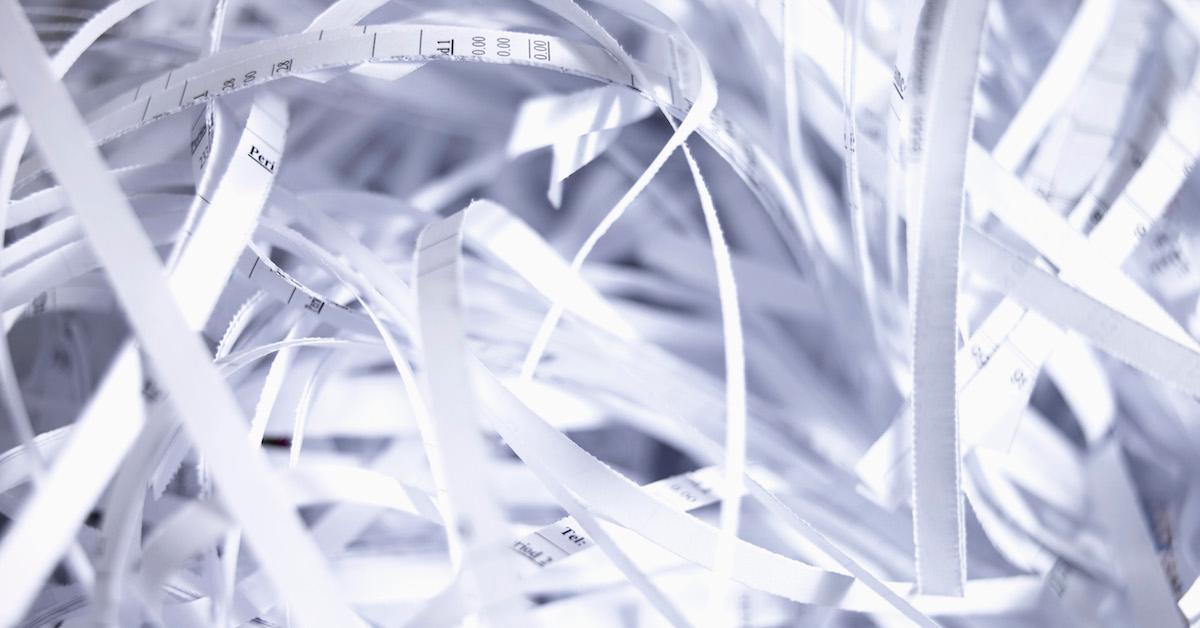
Here's a look at some of the most sustainable packaging materials you can choose from.
Recycled cardboard and paper
Recyclable cardboard and paper packaging has been a viable and eco-friendly packaging option for decades, long before online shopping became the mainstay it is today. Many companies still opt for using things like recycled cardboard boxes as their main source of packaging, but the outside isn’t the only piece of a parcel that can be sustainable. Places like Paper Mart specialize in selling torn or shredded pieces of paper as well as recycled paper bags and boxes.
The best thing about these types of materials is that you needn’t purchase them to utilize them. You can make your own safe and inexpensive packing materials at home by tearing or shredding up old newspapers or recycled paper. As long as it doesn’t have any heavy inks on it, the resultant packaging should be completely biodegradable. You could even throw it in your compost pile!
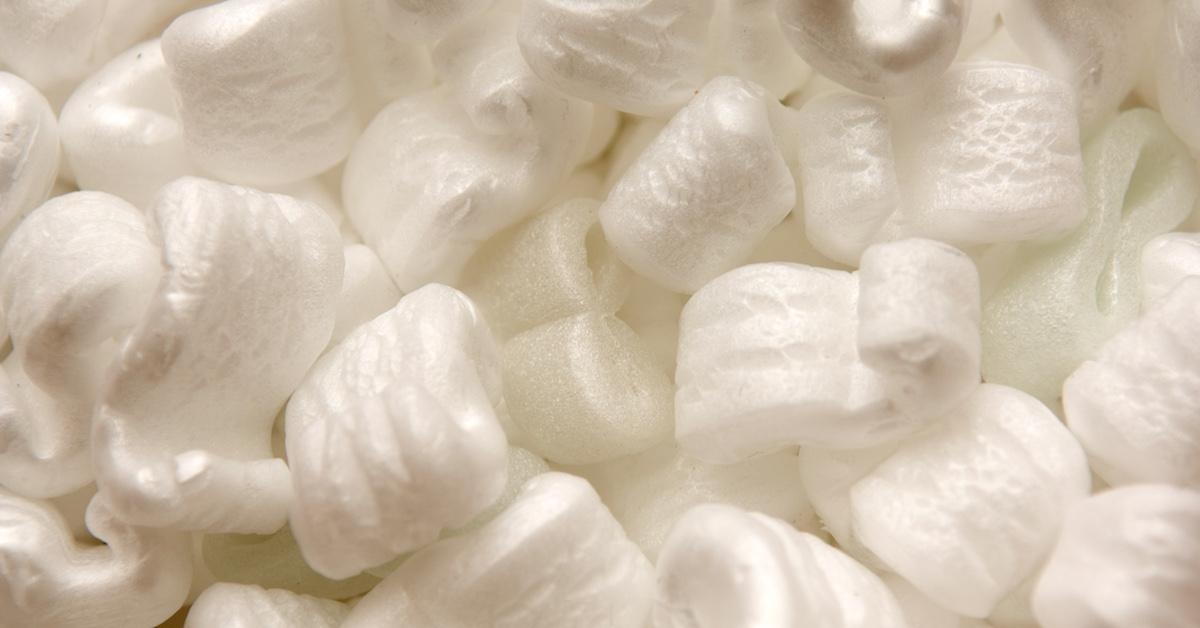
Biodegradable packing peanuts
Packing peanuts are a great way to keep your packages safe during transit. Unfortunately, most packing peanuts are made from polystyrene (often mistakenly referred to as the brand name Styrofoam), which is just about the least eco-friendly option you can get.
Polystyrene is not biodegradable, it's very difficult to recycle, and it takes hundreds of years to break down in a landfill. When it does break down, it only becomes more toxic. Thankfully, there are some pretty cool alternatives being used these days.
Companies like Rocket Industrial and ULINE actually sell a type of biodegradable packing peanut made from cornstarch. These ingenious little peanuts work just as well as the old polystyrene ones, with the added bonus of eco friendly and, sometimes, cheaper! The cornstarch peanuts can easily be dissolved by placing them in water, and they will not pollute waterways or ecosystems.
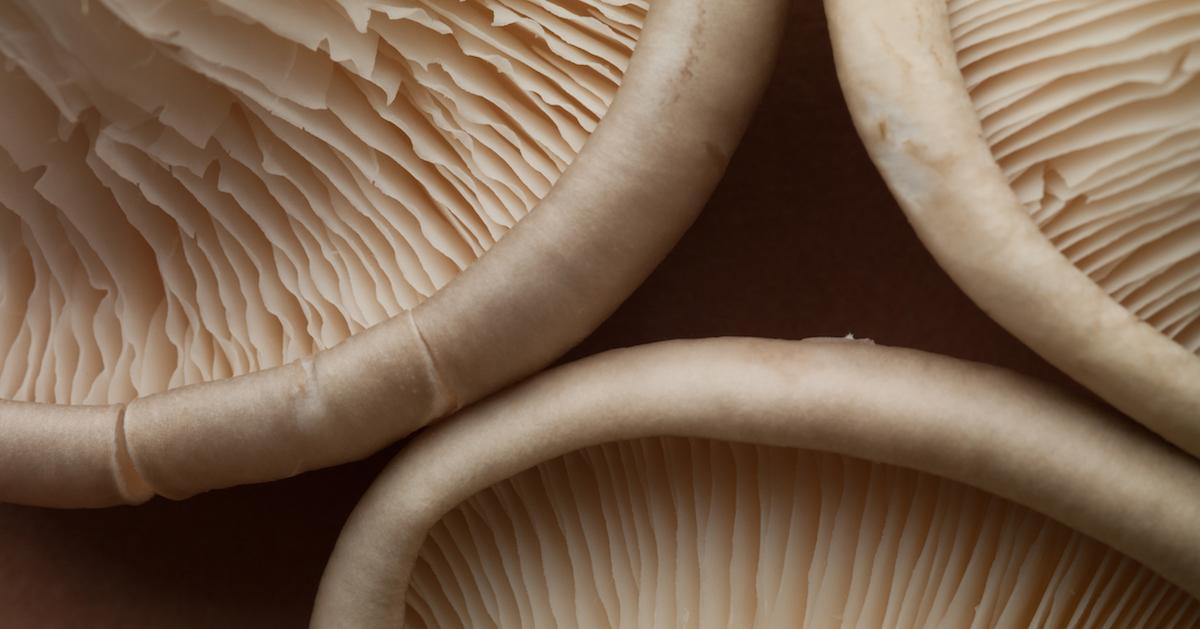
Mushroom packaging
Here’s another wild one! We’re willing to bet that many of you have never heard of using mushrooms for packaging. As amazing as it sounds, companies like Ecovative Design and Paradise Packaging have been doing it for several years. The company Mushroom Packaging's packaging is made from noncctoxic, durable, and completely biodegradable materials.
Both companies offer base packaging forms and customizable options. In terms of customizability, mushroom packaging is second to- one. These organic materials can be grown — yes, grown — to meet the specific shape of whatever you're shipping. Paradise Packaging even guarantees that its custom options can be grown within seven days!

Seaweed packaging
Cornstarch, mushrooms, and now even seaweed! Seaweed packaging is made from a gelatinous substance called agar, also referred to as agar-agar. This substance is found in a variety of seaweeds and algae, and is already used as a plant-based thickening agent instead of gelatin in culinary circles. But agar’s thickening prowess need not be limited to vegan dishes.
A company called Seaweed Packaging is utilizing seaweed in absolutely amazing ways. The company makes eco-friendly seaweed bioplastic, seaweed capsules, and yes, seaweed packing materials. It’s a fairly new innovation, and thankfully, seaweed is a plentiful substance.
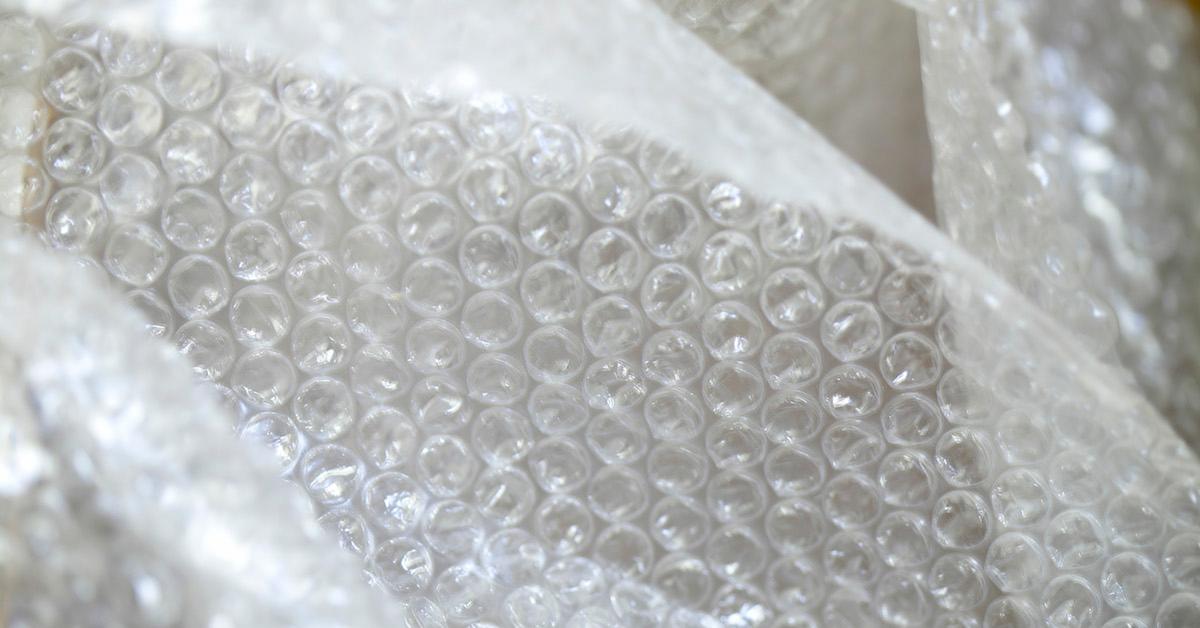
Recycled or upcycled plastics
We do have to address the elephant in the room at some point. No matter how sustainable these novel eco-friendly materials may be, they are not the norm. If you receive a package, the material you’re most likely to find inside will be plastic bubble wrap or inflatable air pillows. These are neither biodegradable nor sustainable, and they’re barely recyclable — but they are reusable.
The best way to prevent these plastic wrappers from ending up in an ocean or landfill is to reuse or upcycle them in your home. Bubble wrap, in particular, can be reused many times over before it becomes ineffective. The same is true for the poly bags that sometimes hold small components in other packages. It’s not as ideal as using actual sustainable packaging, but it will keep them out of the landfill a bit longer.
Boox, a reusable packaging solution
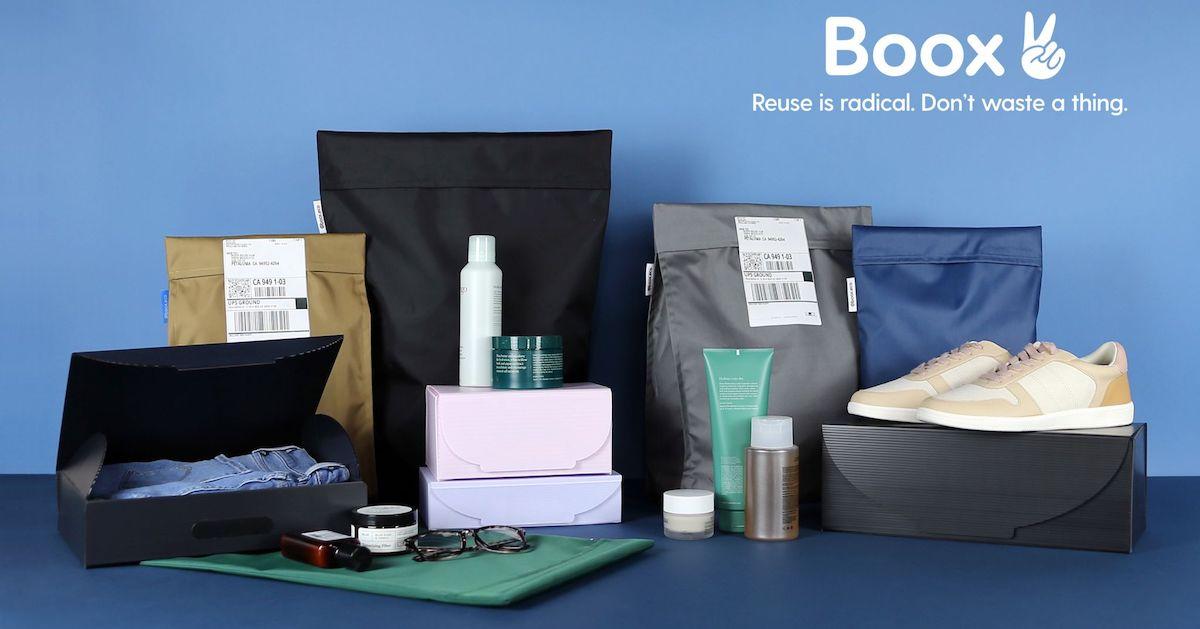
Boox makes reusable shipping boxes and flexible shipping pouches that direct-to-consumer companies can use over and over again — as long as package recipients send their Boox packaging back to be reused. Boox is partnered with a number of influential companies, including Sephora, Unilever, Cocokind, Rhode, L'Oréal, and H&M.
This article, originally published on Jan. 21, 2021, has been updated.